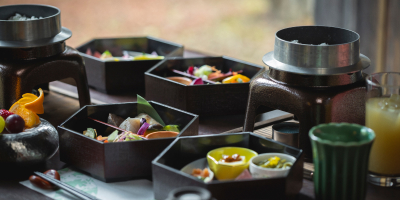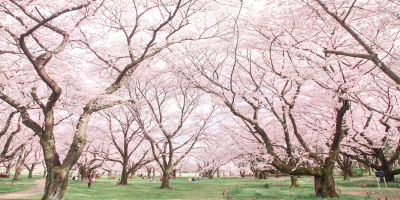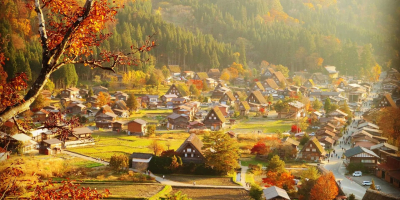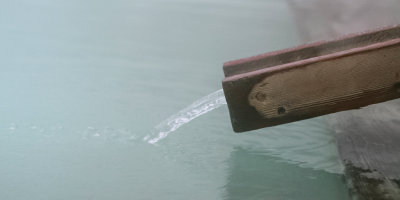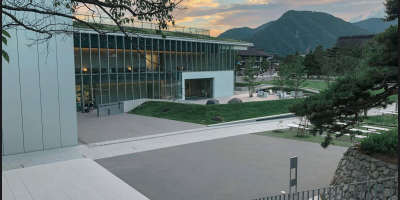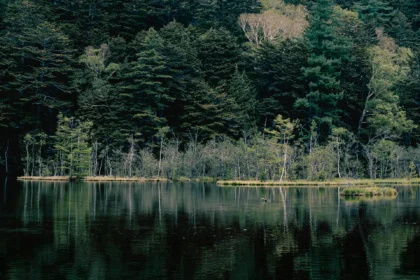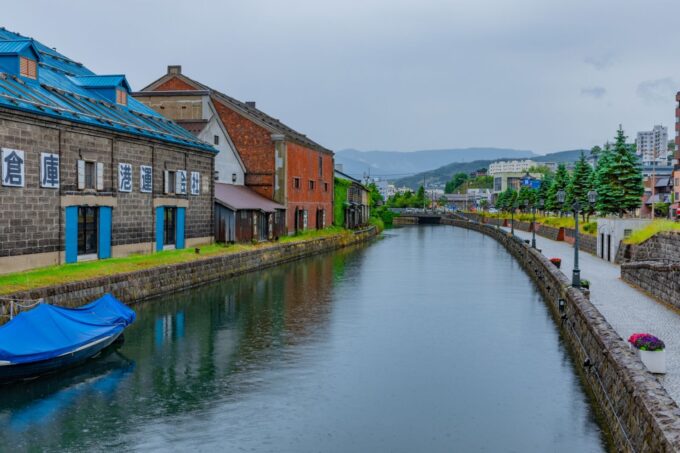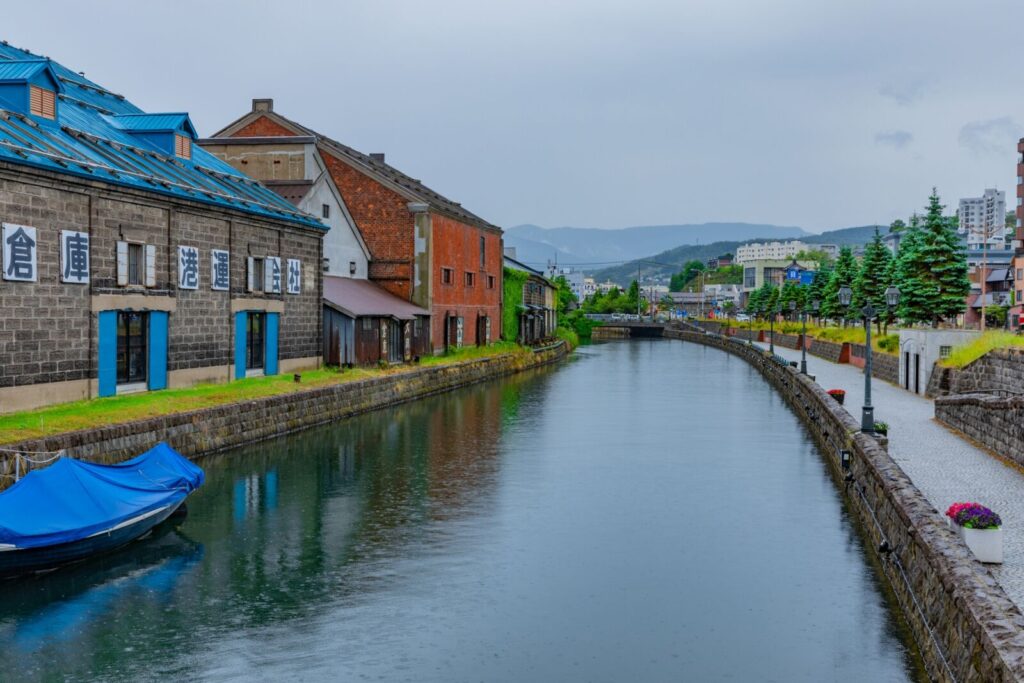
Otaru Canal
The Otaru Canal is a historic and iconic site in Otaru, Hokkaido. It is about 1.1 kilometers and has played a significant role in the city's development, particularly during its boom as a hub of maritime trade in the late 19th and early 20th centuries.
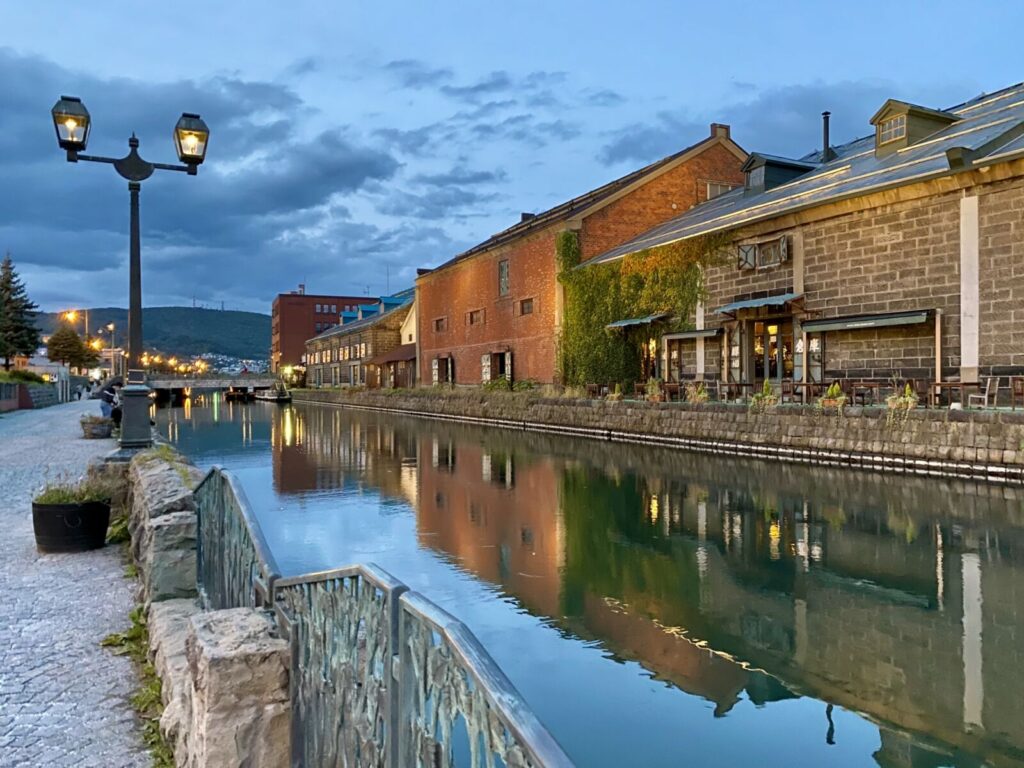
The canal was constructed in 1923 as part of a larger harbor development project. Its primary purpose was to facilitate the unloading and transport of goods from large cargo ships anchored offshore. Small boats would carry goods into the city via the canal.
After World War II, advancements in cargo handling and the expansion of port facilities made the canal's original purpose obsolete. Large-scale docks rendered small boat transport unnecessary. Consequently, canal fell into disarray. There was even talk of filling the canal and building a modern infrastructure. This idea faced opposition from local residents and historians alike who recognized its cultural and historical significance. The Otaru Canal is now a beloved symbol of the city, drawing visitors from Japan and abroad. The warehouses along its banks have been repurposed into museums, restaurants, and shops, showcasing Otaru's history and charm.
The Otaru Canal stands as a testament to Otaru's history as a vital port city during Hokkaido's early development. Its restoration symbolizes a successful balance between preservation and modernization, reflecting the city's pride in its heritage. Today, strolling along the canal is a must-do experience for visitors, offering a blend of scenic beauty, historical ambiance, and cultural richness. The combination of history, culture, and natural beauty makes a stroll along the Otaru Canal an unforgettable experience.
Visitors to The Otaru Canal will see beautifully preserved stone warehouses that date back to the early 20th century. Otaru takes you back to “yesteryear”. Local artists can be seen hawking their wares from these warehouses during the day, while old fashioned gas lamps cast a gentle glow along the canal at night. The historical charm, scenic beauty, seasonal splendor, and photographic opportunities mean the Otaru Canal is incredibly photogenic, making it a favorite spot for photographers and Instagram enthusiasts alike. The Port Town of Otaru and its canal are truly a “must see” visit.
Sakaimachi District
The Sakaimachi District of Otaru, located very near the iconic Otaru Canal, is a historic area known for its rich past as a hub of commerce and trade. Its development is closely tied to the economic growth of Otaru as a prominent port city in the late 19th and early 20th centuries.
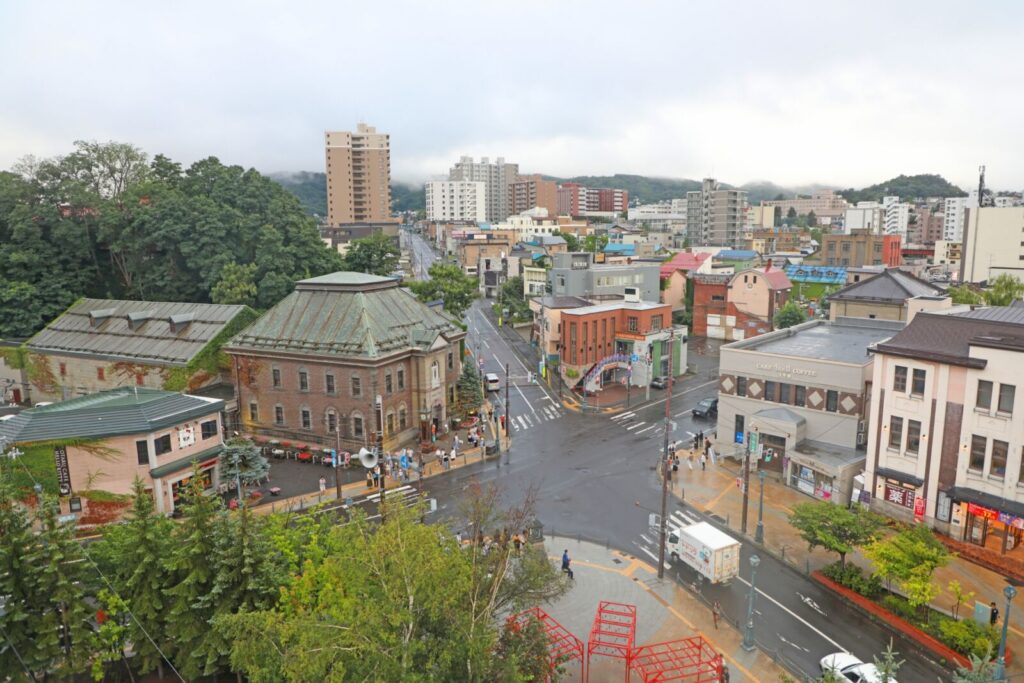
The name "Sakaimachi" reflects its early role as a border area between local districts (Sakai="Boundary", Machi="Town").
With the Meiji Restoration, Japan focused on industrialization and expansion into Hokkaido, where Otaru became a critical link between the mainland and Hokkaido’s resource-rich interior.
Otaru's port grew in importance for transporting coal, fish, and agricultural products, and Sakaimachi became a bustling center for trade and commerce.
Sakaimachi was the business and commercial heart of Otaru. Wealthy merchants, shipping companies, and banks established headquarters in the district. Many of the buildings were constructed in a Western architectural style, which was popular during the period, lending the district its distinctive aesthetic. Otaru became renowned for its glassworks, which initially developed to produce kerosene lamps but evolved into an art form, producing decorative items still celebrated today. Kitaichi Glass is proof of this.

Following World War II, Otaru's prominence as a port city declined due to the rise of Sapporo City and shifts in trade routes. Many businesses in Sakaimachi closed or moved, and the area experienced economic stagnation. However, starting in the late 20th century, efforts were made to preserve the historic architecture of Sakaimachi, and it transformed into a popular tourist destination. The old merchant buildings were repurposed into museums, shops, cafes, and restaurants, emphasizing Otaru's heritage. The glassmaking industry saw a renaissance, and Sakaimachi became a center for selling glassware, music boxes, and other traditional crafts — which we all can observe and enjoy today. Today, Sakaimachi stands as a charming blend of historic and cultural significance, drawing visitors with its nostalgic atmosphere, artisanal goods, and connection to Otaru’s maritime past.
As you sightsee along Sakaimachi Street, you will quickly notice a very well preserved traditional merchant street. The street runs about 800 meters north to south. Many western style buildings that were built in the late 1800s and early 1900s line this street. Sakaimachi Street is home to numerous shops, so you are sure to find something to “tickle your fancy”. Observe a distinct blend of Western (European) and Japanese architectural styles, showcasing the influence of international trade. Get off onto the small side streets and alleyways with independent shops, cafés, and galleries that showcase local artists.
Although Sakaimachi offers many shops and things to do, the places noted below are especially worth visiting.
Kitaichi Glass
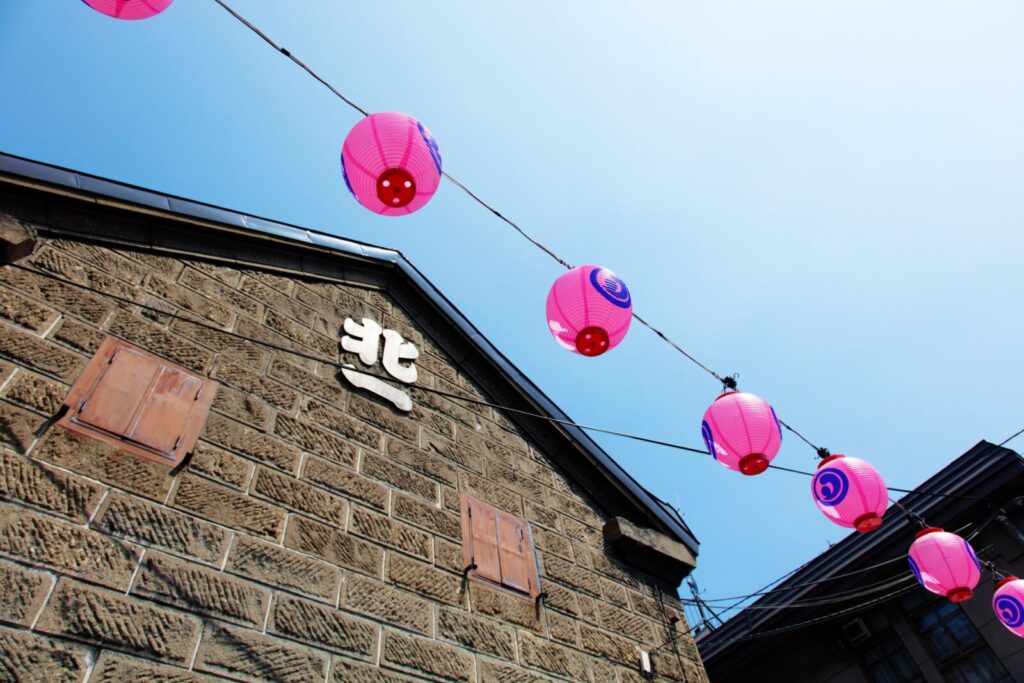
Established in 1901, Kitaichi Glass is renowned for its intricate handmade designs, blending traditional techniques with modern aesthetics. Artisans meticulously shape and color each piece, ensuring uniqueness. The brand offers a wide array of products, including: tableware, decorative items for the home, lighting fixtures, and jewelry/accessories.
Otaru Music Box Museum (Otaru Orgel Museum)

The Otaru Music Box Museum is a charming attraction dedicated to showcasing and preserving the history of music boxes. Here, you will see many kinds of music boxes made of glass, wood, and other materials. Their gentle sounds will captivate you immediately when you step into the museum. 3,400 types of music boxes are on display here, making The Otaru Music Box Museum the largest specialty shop in Japan! A MUST VISIT!!
The museum was founded in 1989 and the building itself dates back to 1912, originally functioning as a commercial warehouse. The building is well worth seeing. Outside sits the famed Steam Clock.
Otaru Steam Clock
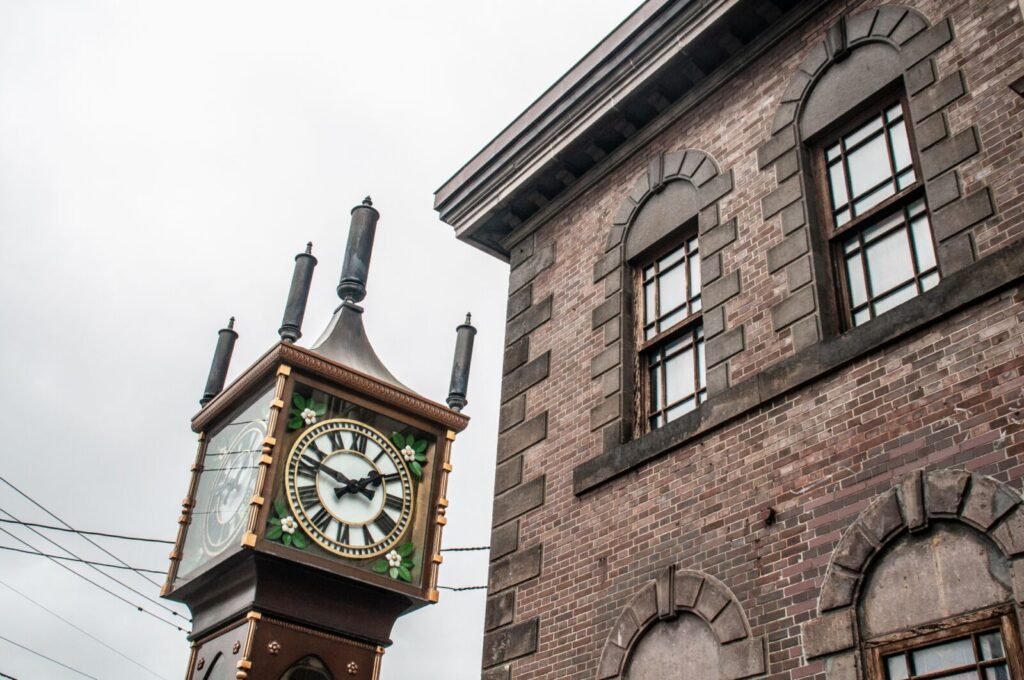
The Steam Clock was a gift from the City of Vancouver, Canada, to Otaru in June 1994. The clock sounds every 15 minutes, adding to the feeling that you have stepped back in time to the Otaru of yesteryear. On the hour, it plays a longer tune. The clock runs on a combination of steam and electric power, a rare feature even among similar clocks worldwide. Steam rises from vents at the base of the clock, enhancing its Victorian-era aesthetic. The clock has a traditional, ornate design with brass and glass elements. Its four clock faces ensure visibility from all sides.
How about it? Would you like to visit the charming, quaint port town of Otaru?
Snow Monkey Tours are professionally arranged, fun, interactive, informative and family-friendly. In fact, Snow Monkey Resorts has a tour to Otaru and an English speaking tour guide will be provided to show you all the sights and sounds of Otaru.
1-Day Tour from Sapporo: The port city of Otaru & Local beer brewery
- Spots:
- Pick-up:
- Drop-off:
Any questions? Click the ‘INQUIRY’ button below to contact us and we will be happy to help arrange this tour or any other Hokkaido tour for you.




